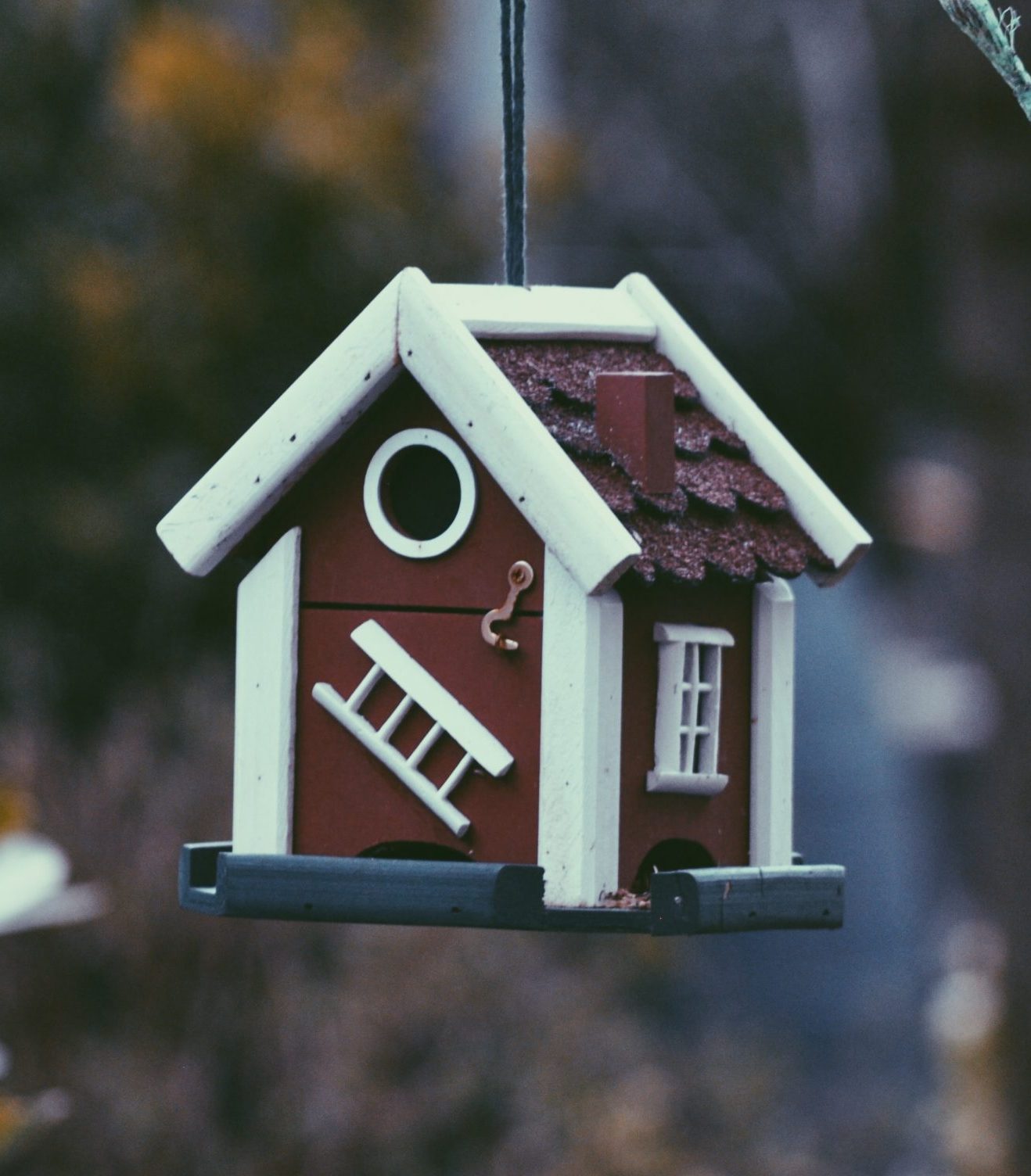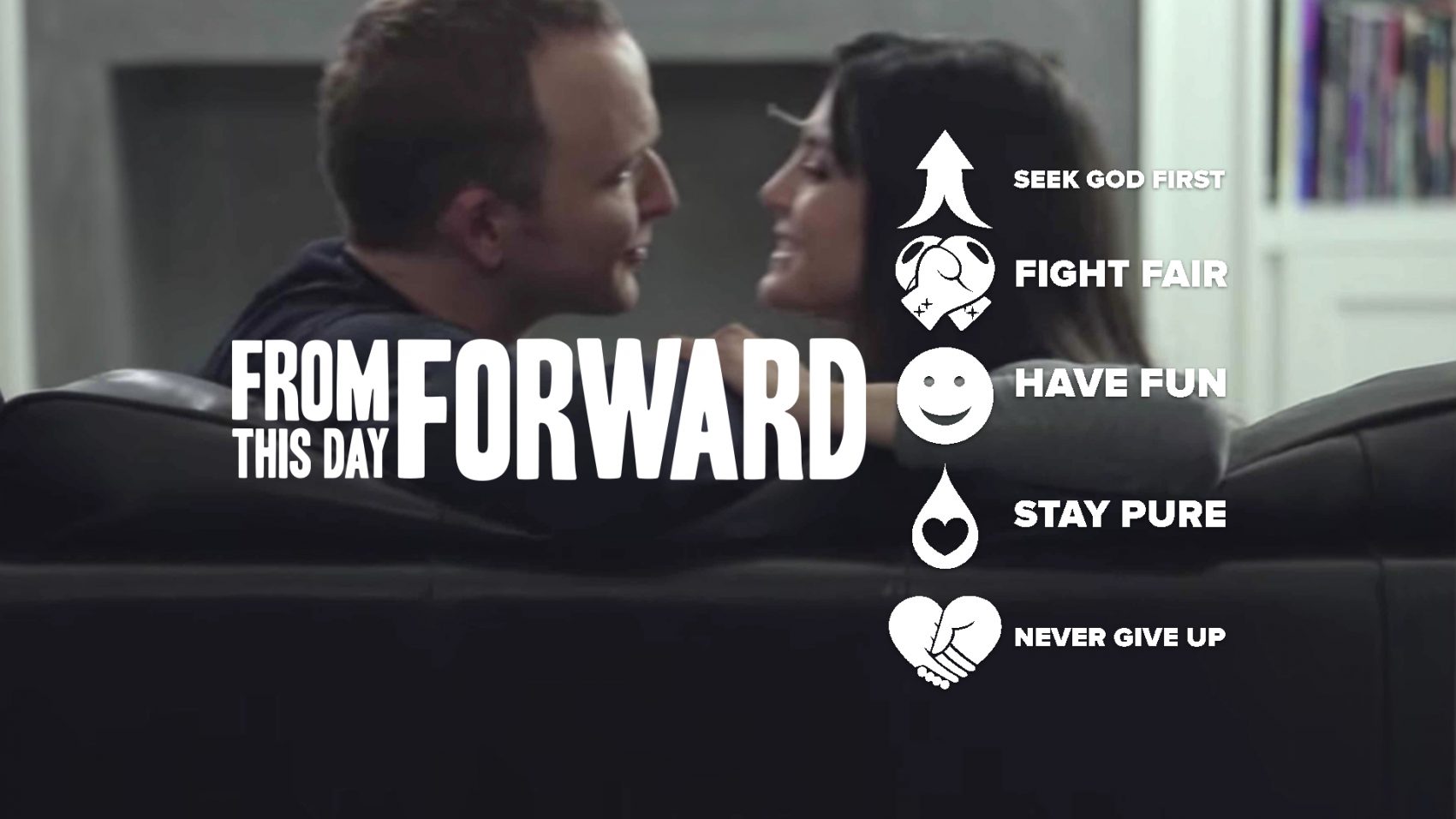Many people ask – “how much insurance do I need for my home?” If you have a mortgage, your lender may require a minimum amount of dwelling and liability coverage.
Conversely, if you don’t have a mortgage, you don’t have to buy homeowners insurance. Of course, while coverage is technically optional, it would be very risky to leave what’s probably your largest asset unprotected. Instead, a good rule of thumb is to have enough homeowner’s insurance to:
- Rebuild your home
- Replace your belongings
- Cover injuries and damages that happen on your property
- Reimburse your living expenses while you can’t live in your home
Standard homeowners insurance policies have four types of coverage that help you reach these goals: dwelling coverage, personal property coverage, liability coverage, and additional living expenses coverage.
Dwelling Coverage
Dwelling coverage is the part of your homeowners insurance policy that helps pay to rebuild or repair your home and any attached structures—such as a garage, deck, or front porch—if they’re damaged by a covered peril.
Your dwelling coverage should equal your home’s replacement cost. This should be based on rebuilding costs, not your home’s price. The cost of rebuilding could be higher or lower than its price depending on location, the condition of your home, and other factors.
Personal Property Coverage
Personal property coverage applies to everything in your home besides the house itself—appliances, clothes, furniture, electronics, sports equipment, toys, and even the food in your fridge. The coverage kicks in if your belongings are destroyed, stolen, or vandalized.
In general, you should have enough coverage to replace all your belongings. This amount can be difficult to estimate, as most people have no idea how much stuff they have. A good idea is to make an inventory of everything you own: write down a detailed list of what’s in each room and take photos. (If you have expensive or rare items—including jewelry, musical instruments, high-end sports equipment, or valuable art—you may need additional coverage.)
Liability Coverage
Liability coverage is the part of your homeowners policy that kicks in if someone is hurt on your property. (Examples include – Dog bites, home accidents, falling trees, injured workers, etc.)
Most homeowners insurance policies have at least $100,000 in liability coverage. You can increase that up to at least $300,000 or more. If you need liability coverage that goes beyond your homeowners insurance policy, you can buy an umbrella insurance policy.
Additional Living Expenses Coverage
Additional living expenses coverage is the part of your homeowners insurance that acts like an emergency fund if you’re temporarily displaced from your home. It covers things such as staying in a hotel or the added costs of eating at restaurants when you can’t cook at home. This is usually calculated as a percentage of your dwelling coverage.
Contact me for your home insurance needs, or to find out if you have the right type, and amount, of homeowners insurance coverage.

If you liked this post, check out Your High Value Items – Are They Properly Insured?
Featured Photo by Harmen Jelle van Mourik on Unsplash




